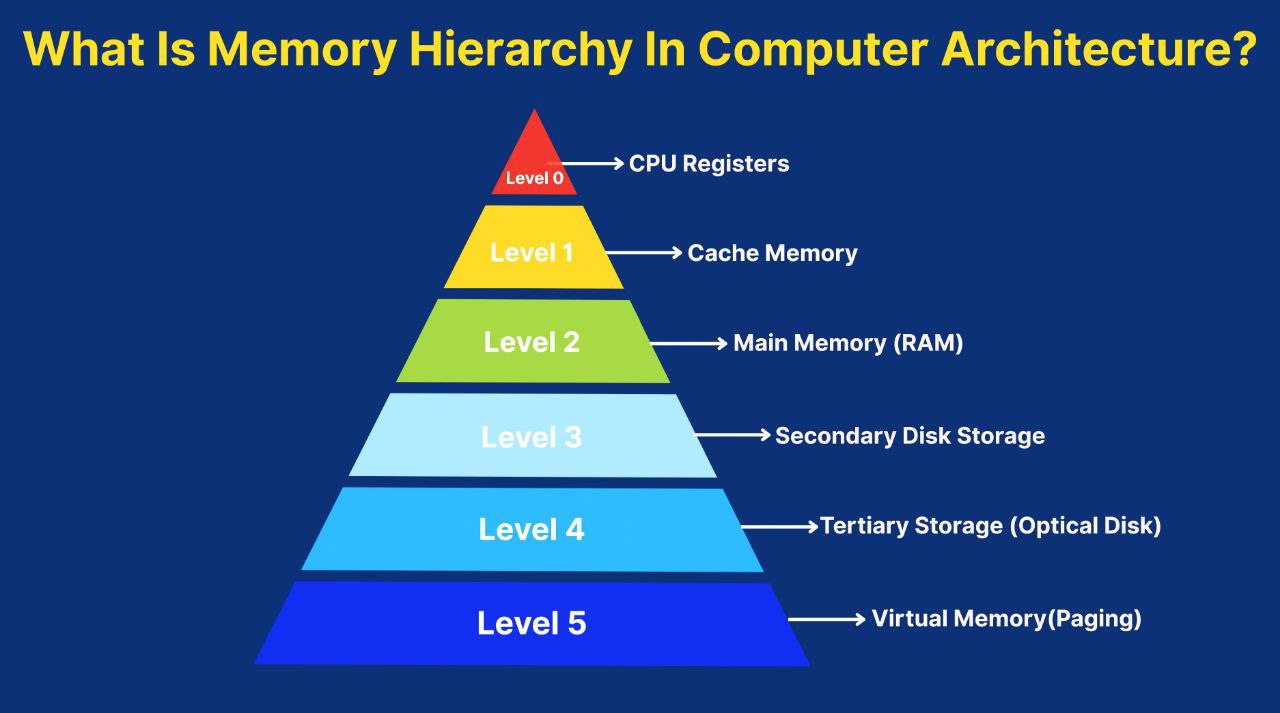Discuss The Ideal-Type Bureaucracy of Max Weber
Max Weber’s theory of the Ideal-Type Bureaucracy is a foundational concept in sociology and public administration. He introduced this model in the early 20th century as part of his broader work on authority and organizations. Weber’s model of bureaucracy outlines an idealized version of how large, complex organizations should be structured and operate to ensure efficiency, fairness, and rational decision-making. The term “ideal-type” refers to a theoretical construct, not necessarily a reflection of actual bureaucracies but a tool to measure real-world organizations.
Key Features of Weber’s Ideal-Type Bureaucracy
- Hierarchical Structure:
- In a bureaucracy, organizations are structured in a clear hierarchy where each level reports to a higher one. Authority flows downward, and every employee is responsible to a superior, ensuring clear lines of command and communication.
- This hierarchy is designed to maintain order, increase accountability, and ensure proper supervision.
- Division of Labor and Specialization:
- Tasks and responsibilities within the organization are divided into specific roles, with each role having a specialized function. Employees become experts in their area of responsibility, which leads to greater efficiency and skill development.
- Specialization also ensures that complex tasks are broken down into simpler, manageable components.
- Formal Rules and Procedures:
- Bureaucracies operate based on a set of clearly defined rules, procedures, and regulations. These rules guide decision-making and ensure consistency in how tasks are performed.
- The emphasis on formal rules also prevents arbitrary decision-making and personal favoritism, contributing to fairness and predictability.
- Impersonality:
- Decisions in a bureaucracy are made based on objective criteria, not personal preferences or relationships. Impersonality ensures that everyone is treated equally, without bias.
- This characteristic aims to prevent corruption, nepotism, and favoritism in decision-making processes, focusing purely on merit and the established rules.
- Employment Based on Technical Qualifications:
- Hiring and promotion in a bureaucracy are based on technical qualifications and merit, not on social status, personal connections, or other non-professional factors. Employees are selected based on their skills, knowledge, and experience relevant to their role.
- This system ensures that the most competent people fill the appropriate positions, enhancing the organization’s overall effectiveness.
- Career Orientation:
- Bureaucratic positions are typically full-time, salaried careers with the possibility of advancement based on performance. Employees have job security and are encouraged to commit to long-term service.
- This career orientation fosters loyalty to the organization and ensures continuity of knowledge and expertise.
Weber’s Three Types of Authority
Weber’s concept of bureaucracy is closely tied to his analysis of authority. He distinguished three types of legitimate authority:
- Traditional Authority: Based on customs, traditions, and established practices. It is often hereditary and not based on rational or legal principles.
- Charismatic Authority: Rooted in the personal qualities and leadership abilities of an individual. Followers are drawn to the charisma of the leader, rather than to formal rules or structures.
- Rational-Legal Authority: The foundation of Weber’s bureaucracy, based on laws, rules, and procedures. Authority is vested in the office or position, not in the individual who holds it, and decisions are made according to established legal norms.
Advantages of Bureaucracy :
- Efficiency: Bureaucracies are designed to function systematically and efficiently, reducing the potential for errors and streamlining operations through clear guidelines and procedures.
- Predictability and Stability: The reliance on formal rules and procedures ensures that decisions are made consistently, and the organization functions predictably over time.
- Impartiality and Fairness: The focus on impersonality ensures that personal biases do not influence decisions, which leads to fair treatment of all employees and clients.
- Clear Accountability: The hierarchical structure makes it easy to assign responsibility and accountability for actions and decisions.
Criticism of Weber’s Bureaucracy :
- Rigidity:
- Bureaucracies can become too rigid, prioritizing adherence to rules and procedures over flexibility and innovation. This can stifle creativity and make it difficult for organizations to adapt to changing circumstances.
- Impersonal Nature:
- While impersonality ensures fairness, it can also lead to feelings of alienation among employees, as personal needs and contributions may be ignored. This lack of personalization can lower morale and motivation.
- Excessive Red Tape:
- The emphasis on rules and procedures can create bureaucratic “red tape,” where excessive formalities and paperwork slow down decision-making and make the organization inefficient in practice.
- Goal Displacement:
- Employees in bureaucracies may become more focused on following procedures than achieving the organization’s actual goals, leading to inefficiency in the pursuit of organizational objectives.
- Inflexibility:
- The highly structured nature of bureaucracies can make them slow to respond to new challenges or innovations. This inflexibility can be a disadvantage in rapidly changing environments.
Relevance of Weber’s Bureaucracy Today
While bureaucracies may not be as rigid as Weber’s ideal-type, many of his principles are still evident in modern organizations, especially in government agencies, large corporations, and other formal institutions. The emphasis on rules, specialization, and hierarchy remains central to managing complex organizations. However, contemporary management theories have also evolved to address the shortcomings of traditional bureaucratic structures, incorporating more flexibility, team-based work, and attention to employee satisfaction.
In summary, Weber’s Ideal-Type Bureaucracy represents an important theoretical model for understanding organizational structures, highlighting the benefits of a rational, rule-based system while also exposing potential drawbacks such as rigidity and impersonality.
Share this content:



Leave a Reply